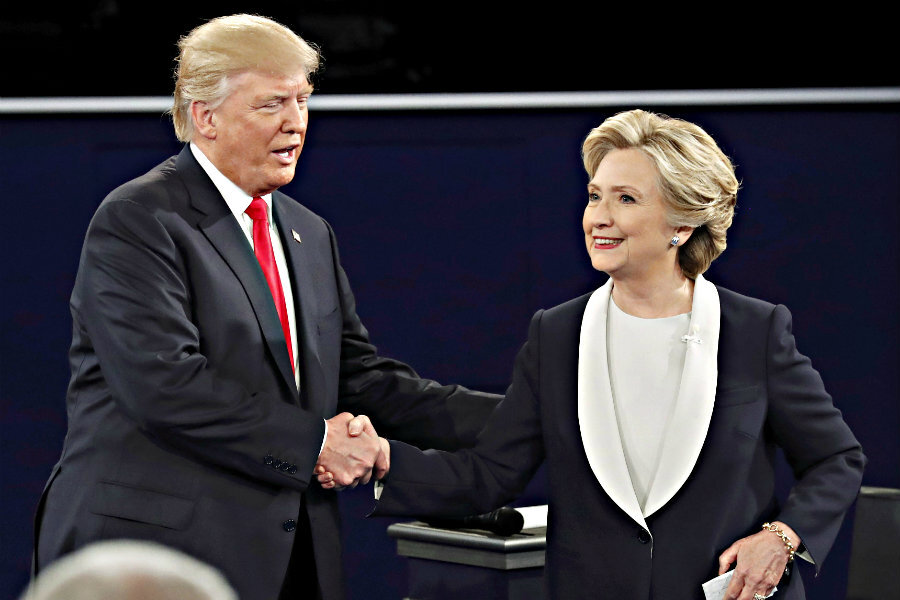Clinton and Trump advisers display wide differences in tax policy debate
Loading...
Imagine you are an undecided voter who wants to understand the tax policies of Donald Trump and Hillary Clinton. You might have tuned in to the Oct. 13 Tax Policy Center discussion featuring representatives of each campaign. If you had, you would have seen an absolutely stunning contrast in both style and substance that in many ways mirrored their candidates.
It was not a debate since the campaign surrogates chose to not appear on the stage together, but it did provide a useful insight into the thinking of Trump and Clinton.
The former secretary of state was represented by Gene Sperling, a long-time adviser to President Bill Clinton. Sperling argued that the top economic priority of a Hillary Clinton administration would be to raise wages for middle-income people, reduce income inequality, and enhance what he called “family security.”
As a result, Sperling suggested, broad-based tax reform and deficit reduction may be lower priorities for Clinton. The Tax Policy Center has concluded that her tax plan would create new subsidies for working families that are caring for aging parents or children or have large medical expenses, significantly raise taxes for high-income households and businesses, and only modestly reduce the deficit. Combined with several new domestic spending programs, which TPC did not model, her plan would have little overall effect on deficits.
Trump was represented by advisors Peter Navarro, a business school professor at the University of California at Irvine, and investor Wilbur Ross. While Ross provided a new description of Trump’s plan to tax all businesses at 15 percent, Navarro repeatedly demurred when asked about tax policy. Rather he spent his time attacking Sperling and TPC, and insisting that Trump’s aggressive trade policy, along with a new carbon-based energy policy and broad repeal of federal regulation, would generate substantial economic growth.
TPC estimated that the Trump tax plan would reduce revenue by $6.2 trillion over 10 years, without accounting for macroeconomic effects and added interest costs. It would cut taxes for most households, but focus the great bulk of its tax reductions on the highest income households. Under his plan the highest income 1 percent of households would enjoy nearly half of the benefits of his tax cuts.
Navarro conceded that Trump’s tax plan would significantly reduce federal revenues and add to the debt. But he insisted it was a mistake—actually he called it "politically-motivated... analytical malpractice"—to look at tax policy in isolation. Rather, he said, Trump’s aggressive trade policies—including threats of tariffs-- would sharply reduce foreign imports. At the same time, his business tax cuts would generate new domestic production that in turn would create an economic boom that would produce the revenue needed to pay for his tax cuts.
It is a simple formulation. But few economists or business executives believe the world works that way. First, firms in countries not subject to Trump’s tariffs would step in to compete against those that are. And without imports, including parts for US-produced final goods and relatively low-cost consumer products, the US economic growth would shrink rather than accelerate. And the budget deficit would increase.
Navarro criticized the Tax Policy Center for analyzing tax policy, and not trade and (non-tax) regulatory policy. Yet, he also attacked those organizations that do analyze trade policy. And while he provided strongly- worded assertions for his views, he presented little data to back up his arguments.
There has been much talk about the asymmetry of this year’s political campaign. Clinton, as well as Trump’s GOP primary rivals, has been campaigning according to one set of rules while Trump has been operating under an entirely different set. Today’s TPC tax policy discussion was a clear example of that phenomenon.
This story originally appeared on TaxVox.







